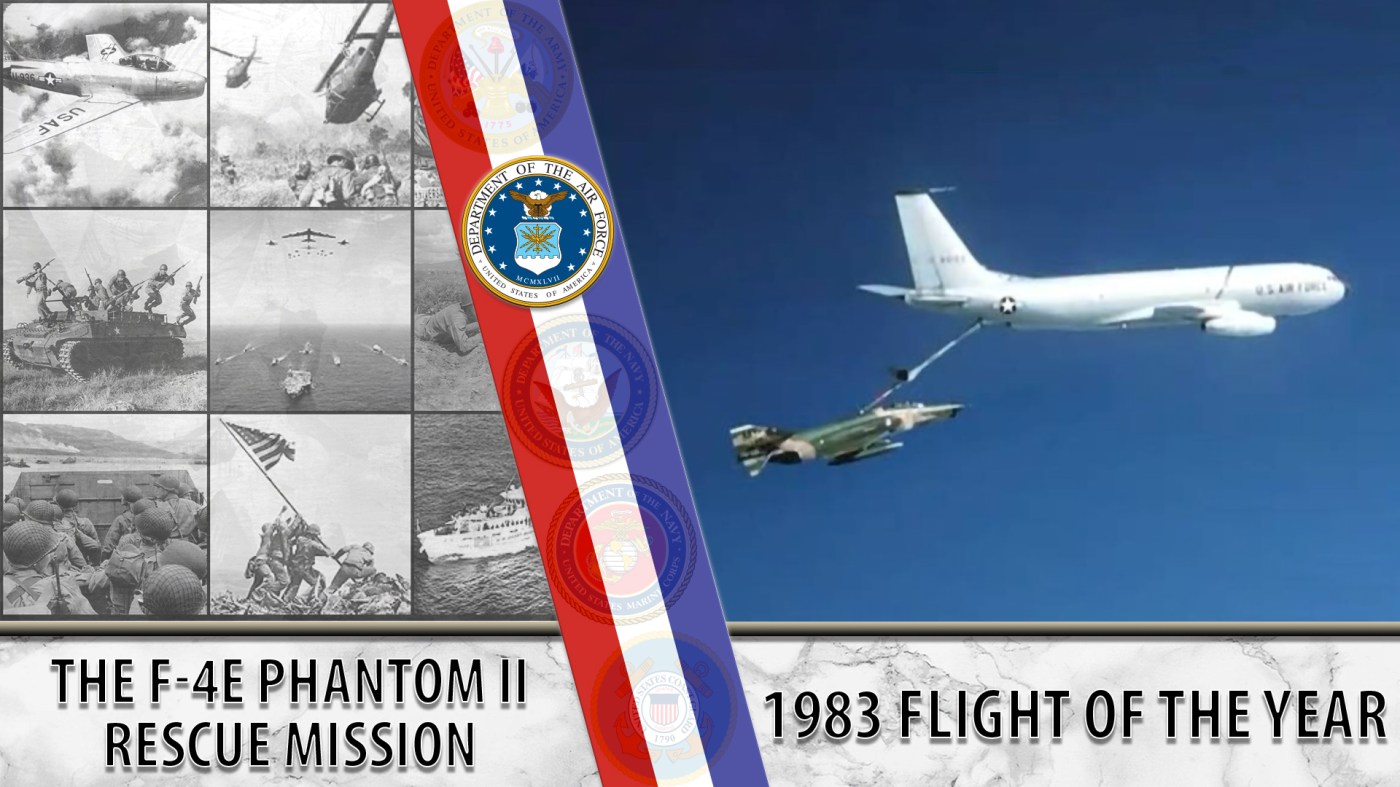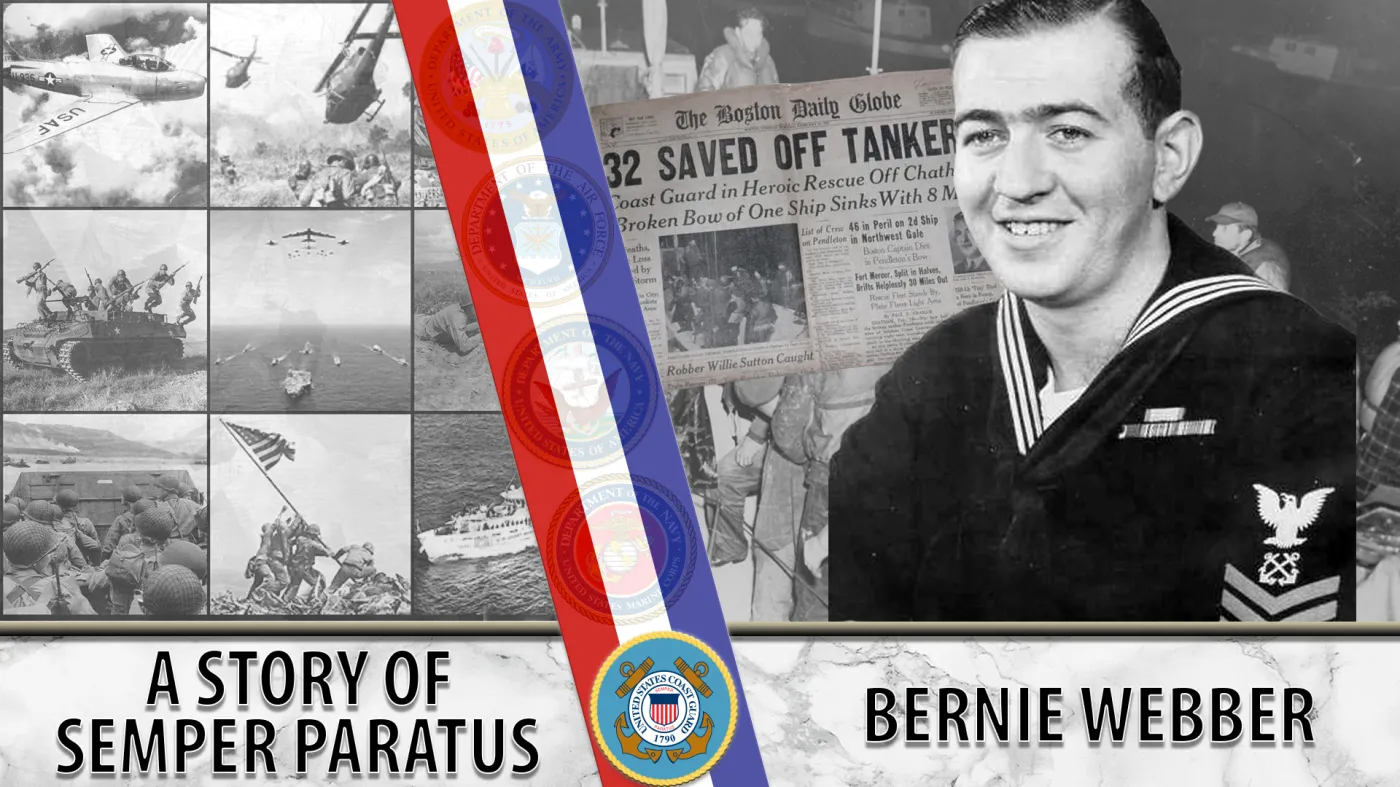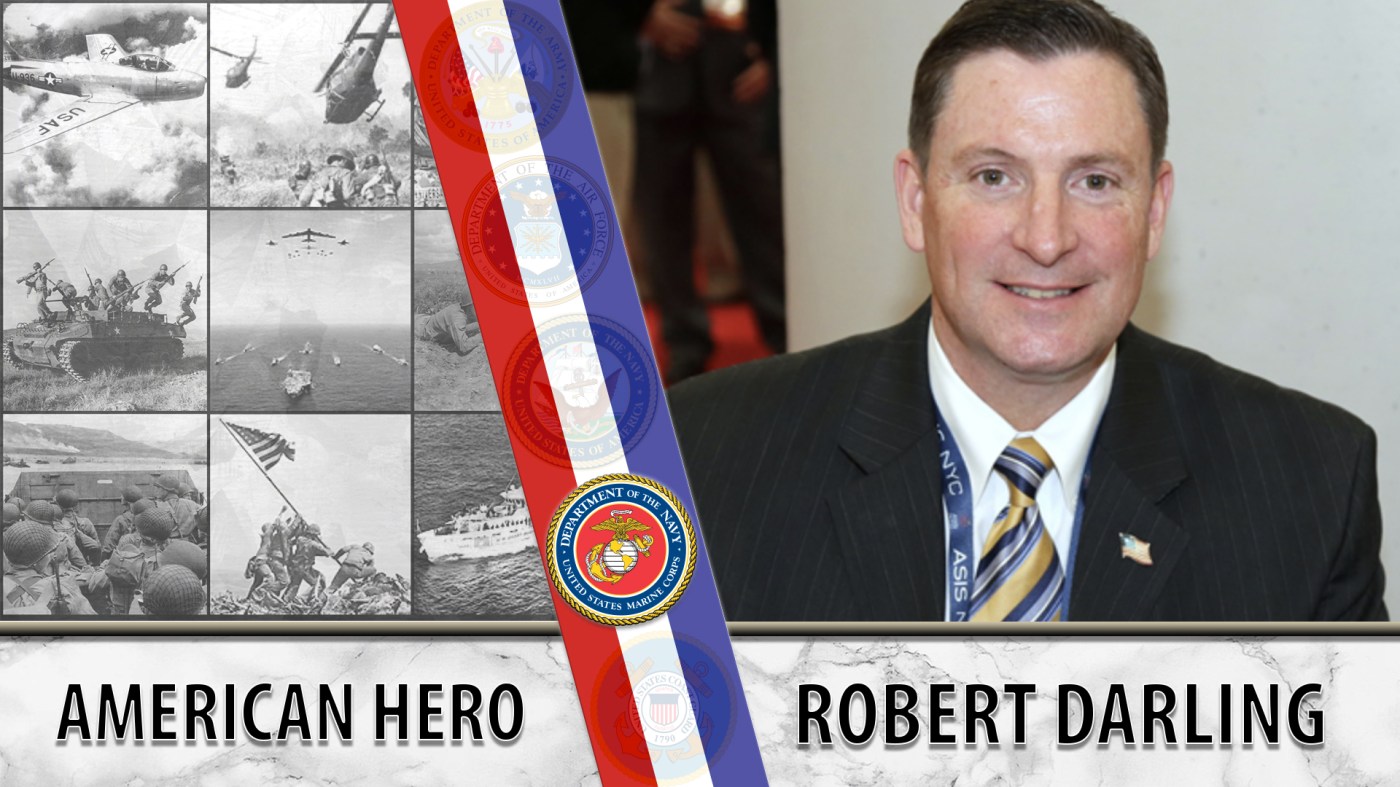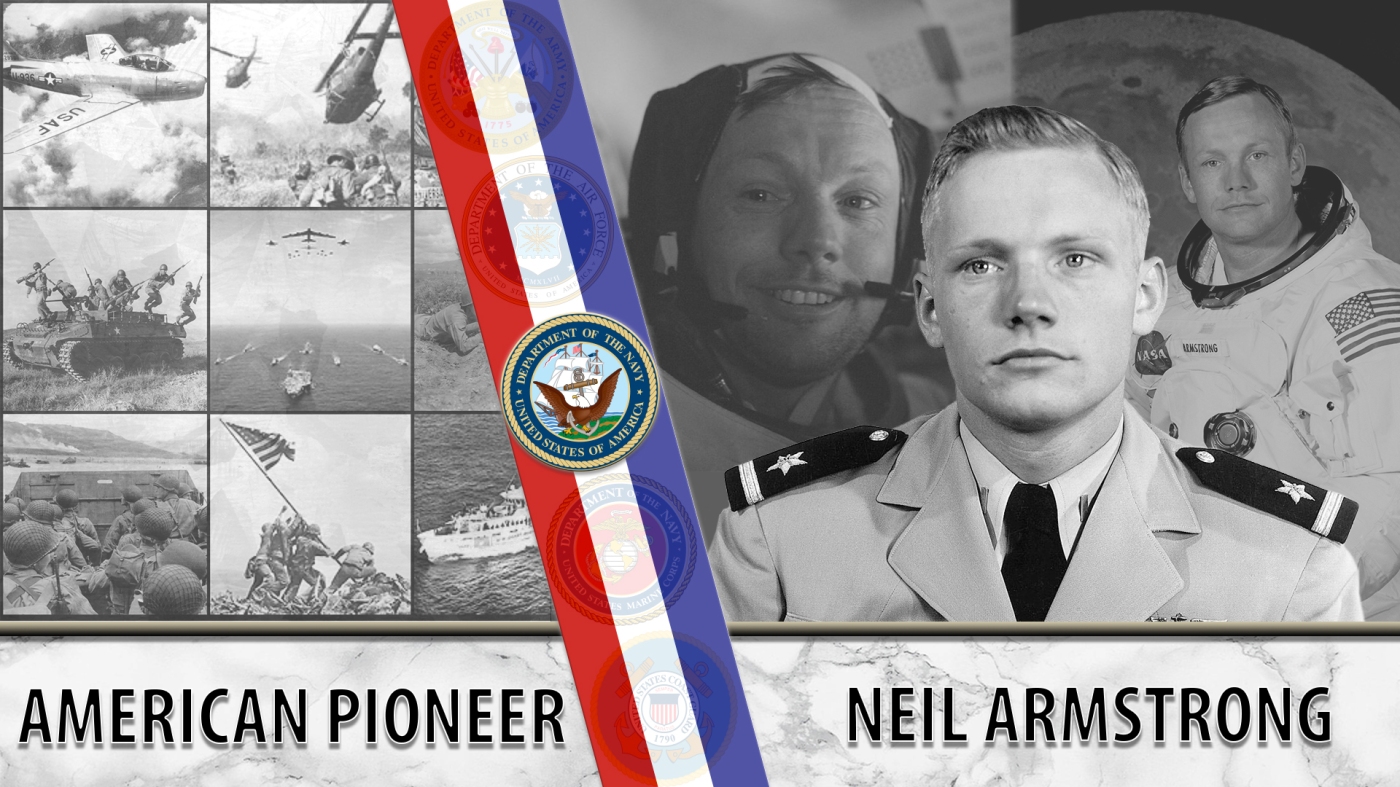In September 1983, a routine transatlantic flight to West Germany became a rescue mission of a F-4E Phantom II.
Twenty-four Air Force F-4E Phantoms flew to Europe accompanied by four KC-135A Stratotankers and four KC-10 Extenders. Both novice and experienced pilots in transatlantic flights departed Seymour Johnson Air Force Base in North Carolina.
During the long flight, the F-4E Phantom II was accompanied by other aircraft, which would refuel it throughout the journey. The KC-135s held 70,000 pounds of fuel. A KC-135A was fueling Maj. Jon “Ghost” Alexander’s F-4E Phantom II. The fourth time refueling was when problems arose. As Alexander found issues with their J-79 engine, the wingman in the accompanying aircraft found oil leaking from the Phantom II. They immediately requested an emergency pitstop 520 miles away at Gander International Airport in Newfoundland, Canada. With one damaged engine, the second engine could not carry the whole aircraft, and it began to lose altitude. The Phantom dropped fuel tanks to lighten the load and flew at a 45-degree angle. After its hydraulic system failed, the last option for the crew was ejection with everyone’s life on the line.
With three other F-4E aircraft that also needed fuel, time was of essence for the impaired Phantom. Capt. Robert J. Goodman and Capt. Michael F. Clover in a KC-135A Stratotanker were ordered to aid the Phantom. The crew also included 1st Lt. Karol F. Wojcikowski and Staff Sgt. Douglas D. Simmons. The second engine had lost power, significantly reducing the speed of the Phantom F-4E. The KC-135 again attempted refueling, this time at the low level of 4,500 feet. During the refueling, the Phantom disconnected and dropped to an even lower altitude at a slower pace. The KC-135 had slowed to 190 knots – far below the normal refueling speed of 315 knots – during the second failed attempt at refueling.
At a mere 1,600 feet above the Atlantic Ocean and violating the safety margins, the fourth attempt to refuel the Phantom worked. Two of these refueling attempts were successful. Fearing the Phantom would not make it to Gander, the KC-135 elevated the aircraft to 6,000 feet and towed the F-4E for 160 miles. Wojcikowski created a strategy for the Phantom to land on the airstrip. Alexander landed the Phantom safely five and a half hours after take-off. Without the quick thinking and maneuvering skills of the crew, the Phantom may not have safely returned.
Two other KC-135 crews assisted. One of the assistant crew chiefs, Ronald Craft, recalled the rescue mission in an interview with the Experimental Aircraft Association: “This was my first mission, but just seeing the professionalism of my entire crew – from the crew chief to the boom operator navigator, co-pilot, pilot – it was so inspiring. They were so collected as they were doing this, and I had no idea that they didn’t do this every day. I was thinking, ‘My God, we’ve got the coolest job in the world.’ It wasn’t until later on that I learned that we were close to being the water ourselves… This isn’t something you train for. We were basically making it up as we went along.” He wrote a book dedicated to those in the Armed Forces called “Hell Over High Water” about the successful mission.
This lifesaving rescue mission earned the crew of the Air Force’s Strategic Air Command the Mackay Trophy for the “most meritorious flight of the year.” In 1983, they also received the Air Force’s Premier Airmanship Award.
We honor the service of those who participated in the F-4E rescue mission.
Writer: Hannah Nelson
Editor: Jacob Reis, Julia Pack
Researcher: Kinsley Ballas
Graphic Designer: Grace Yang
Topics in this story
More Stories
Bernie Webber led one of the greatest Coast Guard rescues in history that was later chronicled in the book and movie, “The Finest Hours.”
As the events of 9/11 unfolded, Marine Veteran Robert Darling served as a liaison between the Pentagon and Vice President Dick Cheney in the underground bunker at the White House.
NASA astronaut Neil Armstrong was the first person to walk on the moon. He was also a seasoned Naval aviator.








Awesome story, nothing short of the capabilities of the USAF . Well done by all involved.